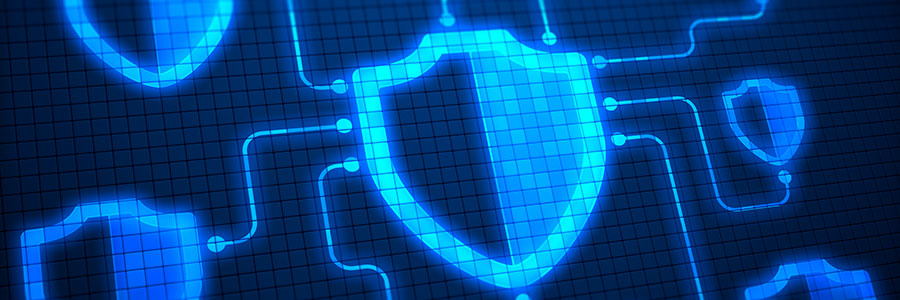5 Crucial elements your data security strategy should cover

Cyberthreats continue to evolve as cybercriminals refine their methods and tools. Not only are there more ways to launch cyberattacks today, but cyberthreats have also become more dangerous to businesses. Newer ransomware versions, for example, do not just prevent user access to key systems, but also steal victims’ data.
Thus, it’s imperative for businesses in Salt Lake City to develop comprehensive cybersecurity strategies against multiple types of cyberthreats. In order for such strategies to be effective, they need to cover the following key elements of data security:
1. Access control
Some of the biggest threats to your data security come from within your company itself. Insider threats, as they are called, are former and current members of your organization whose negligence, errors, or malicious actions endanger your cybersecurity. They could be disgruntled workers who steal your data to sell to competitors or they could be executives whose compromised work accounts were used to hack company databases.
An effective way to protect your business from insider threats is through access control. It involves granting employees only the access they need to do their respective tasks. For example, the members of your sales team can access customer data but not your company’s financial or employee information.
By limiting employees’ access to information, access control minimizes the amount of company information that insiders can leak. It also makes it easier to determine how a data breach occurred, as well as develop measures to prevent the incident from reoccurring.
2. Authentication
Passwords remain among the most popular methods for securing online business accounts, even though they’re far from the most effective. In fact, 61% of data breaches in 2021 involved credentials, according to Verizon, with 25% of these incidents involving stolen passwords.
Your cybersecurity strategy should, therefore, include more stringent measures for verifying user identities than simple passwords. One such method is multifactor authentication (MFA), which requires users to provide two or more proofs of their identity before they can gain access to an account.
Besides passwords, verification factors can include biometrics (e.g., fingerprint and iris scans), security questions, one-time codes (sent via text or email), and physical items, such as tokens and keycards. MFA makes it much harder for cybercriminals to gain access to your company accounts by increasing the number of verification factors to gain entry.
3. Data encryption
There are several methods cybercriminals can use to access your data. On top of infiltrating your network, they can also capture your data as it is transmitted over the internet. Or they could eavesdrop on your phone or online conversations in order to gain access to sensitive information.
Data encryption protects your data against these threats. It scrambles stored or transmitted data into a code that unauthorized users cannot decipher if they do not have a decryption key. This ensures that even if cybercriminals were to intercept your business’s data, they won’t be able to read, use, or sell it for profit.
4. Mobile management
Smartphones and tablets have become essential tools for business, as they allow employees to work remotely. However, these devices are also a major security risk because they can easily be lost or stolen.
Mobile management involves the use of software to secure and manage mobile devices that are used to access company data. It enables you to locate lost or stolen mobile devices and lock them remotely. You can even use mobile management solutions to remotely wipe all business data stored on these devices in case they’re lost or their owner leaves the company.
5. Data backups
Having backups of crucial business data ensures that after a data loss incident, such as a natural disaster, cyberattack, or hardware failure, you have the files necessary to immediately resume operations. This way, you can prevent extended downtime and its many adverse effects on your company.
When developing a data backup strategy, you should follow the 3-2-1 rule. This rule stipulates that you should create three duplicates of your data, which are stored on two different media types, and with one copy being kept off site. This way, you can be confident that even if your primary and secondary data storage solutions fail, you’ll still have a backup copy to fall back on.
Cybersecurity can play a significant role in your business’s resilience and potential for growth. To ensure that your cybersecurity strategy effectively covers all your bases, consult with the cybersecurity specialists at [company_short]. We will evaluate your company’s cybersecurity infrastructure and help you develop a business plan that addresses all the required elements and helps you meet your data security goals. Talk to our experts today.


